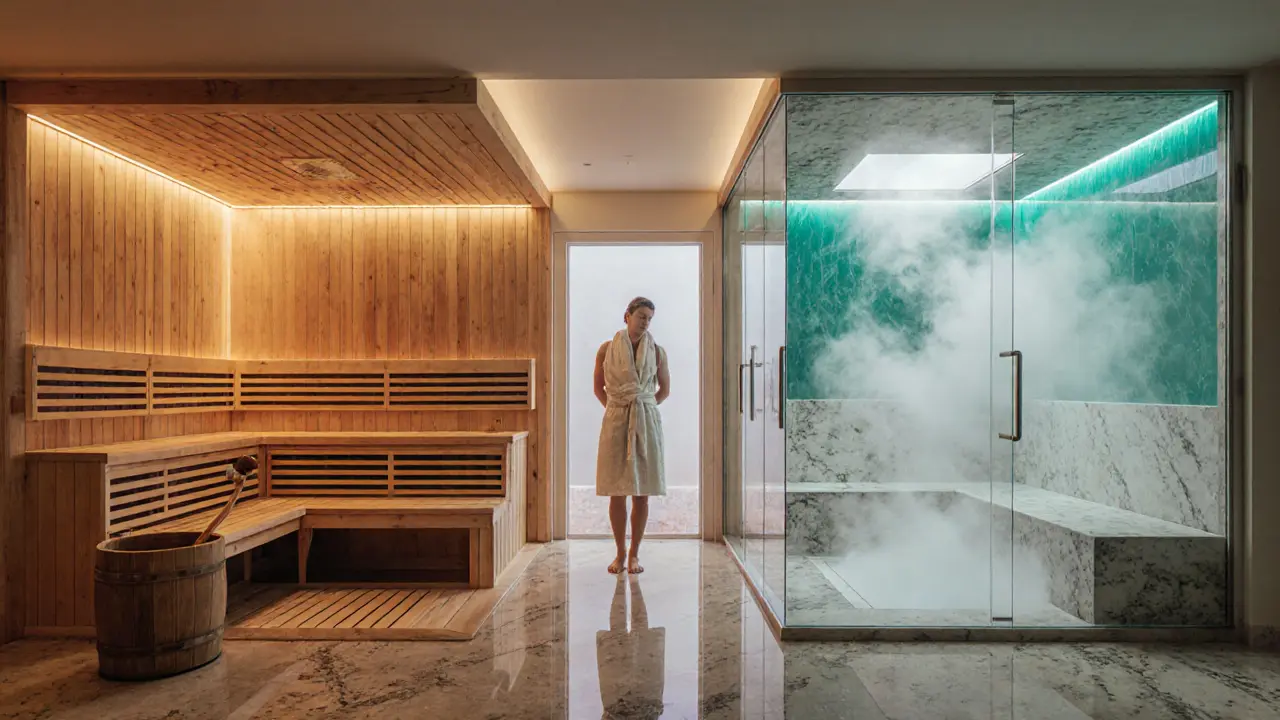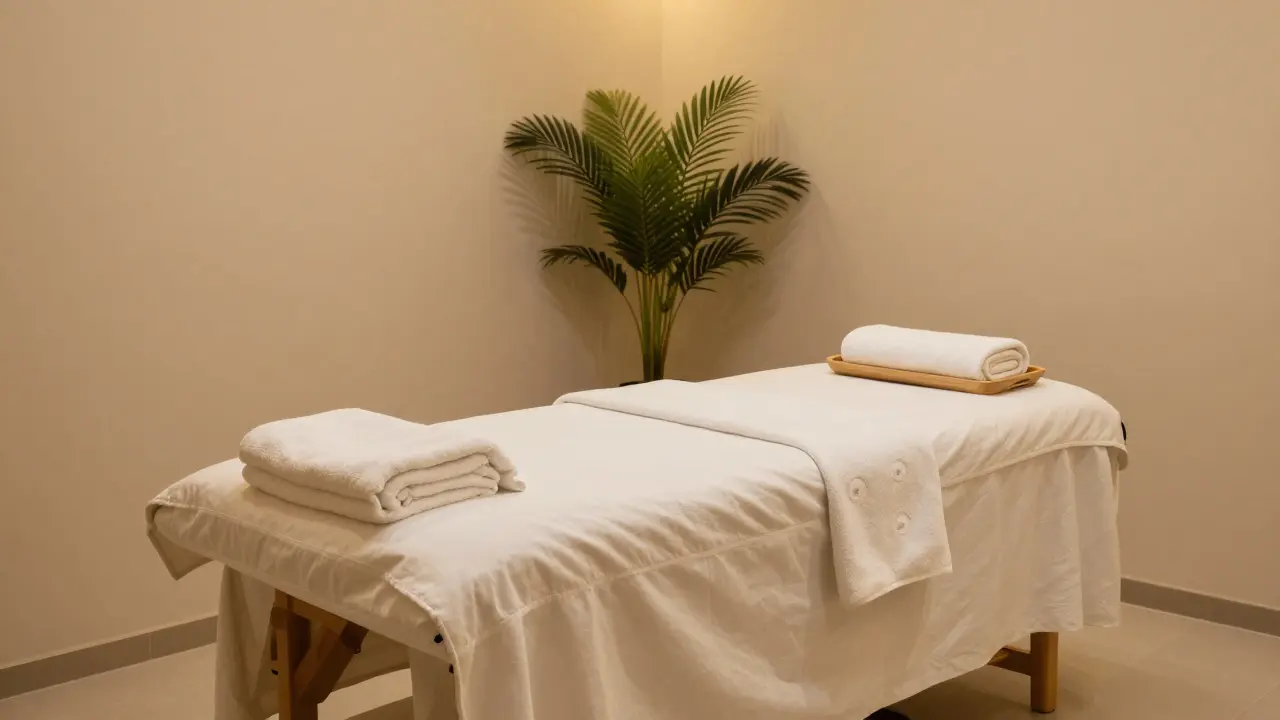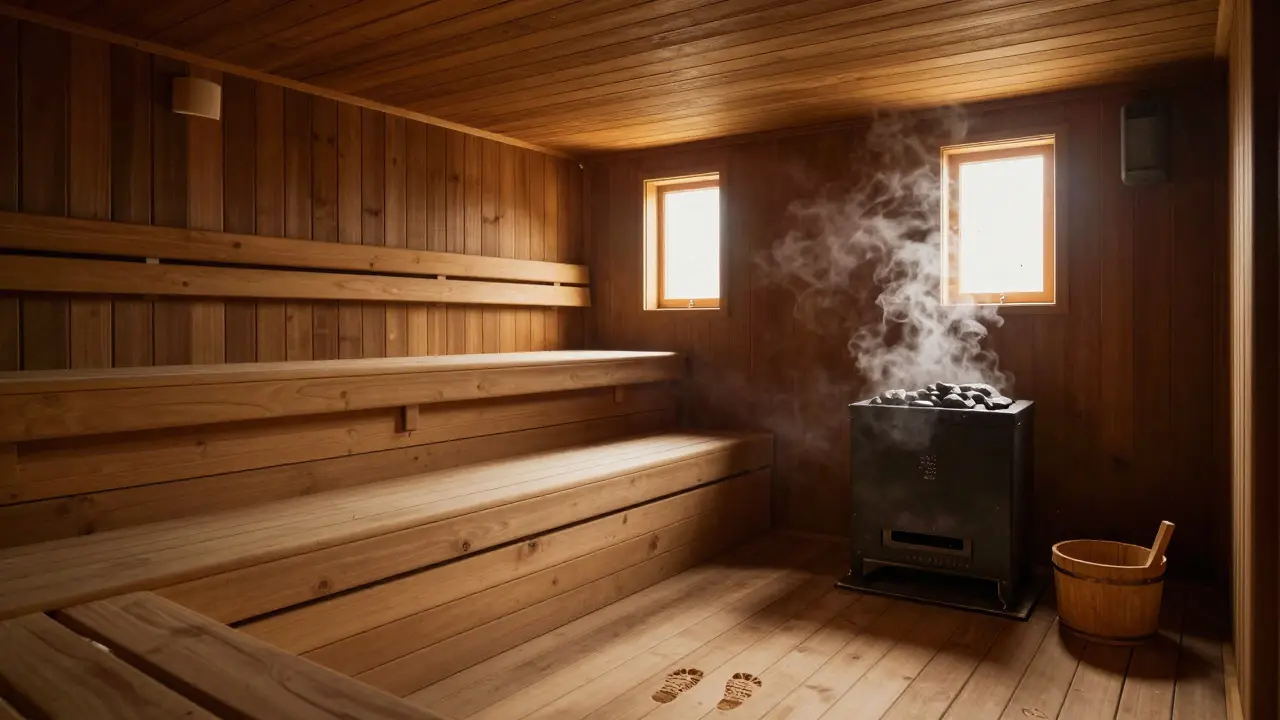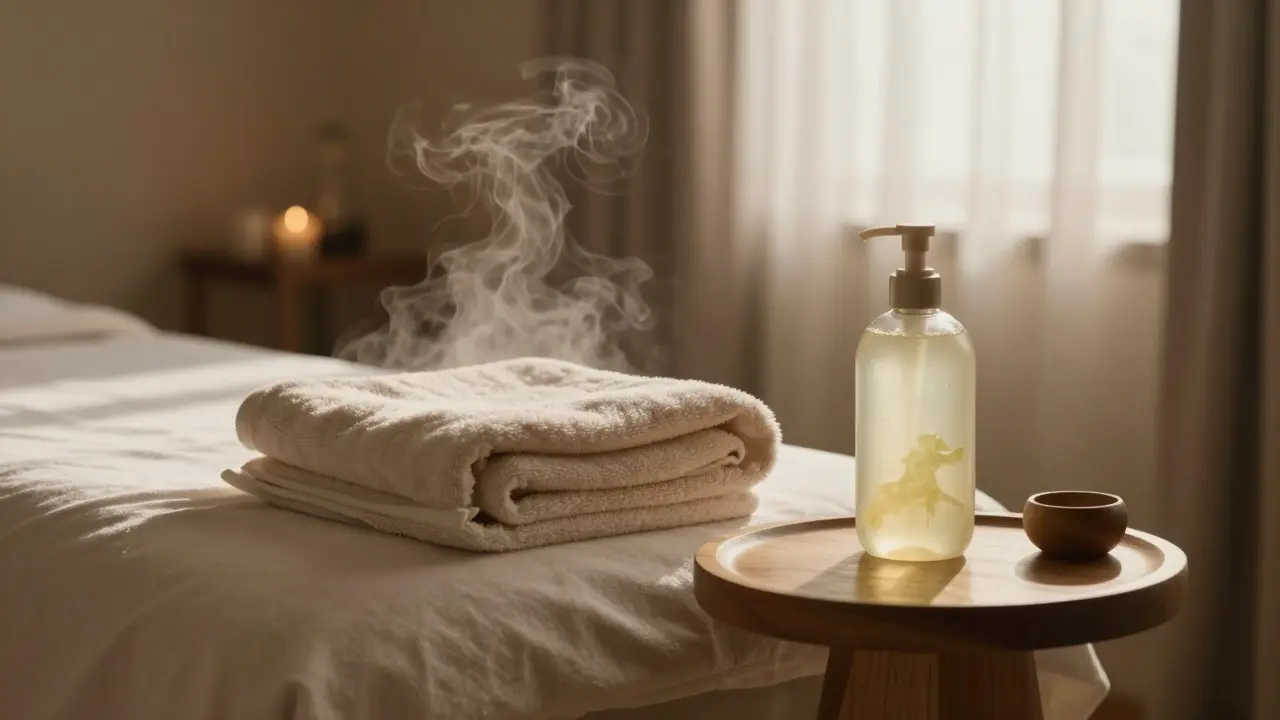Steam vs Sauna: Choosing the Right Heat Therapy for Your Dubai Spa Visit
When you step into a Dubai spa, you’ll often hear the debate Steam vs Sauna, the comparison between moist‑heat steam rooms and dry‑heat saunas that helps guests pick the best heat therapy. Also known as steam room vs sauna, it shapes how you experience relaxation, circulation boost, and skin cleansing. This guide breaks down the core differences, safety angles, and practical tips so you can decide which option matches your wellness goals.
The steam room, a sealed enclosure that fills with saturated steam at 110‑120°F (43‑49°C) delivers moist heat that opens pores, eases breathing, and hydrates the skin. In contrast, the sauna, a dry‑heat cabin that typically runs between 150‑190°F (65‑88°C) relies on low humidity to raise core body temperature, prompting deeper sweat and a stronger cardiovascular response. Both belong to the broader category of heat therapy, any treatment that uses elevated temperature to promote circulation, muscle relaxation, and detoxification, yet they trigger distinct physiological pathways.
Key Differences and Benefits
First, moisture level matters. Moisture in a steam room keeps the air dense, making it easier for the lungs to absorb warm vapors—great for people with congestion or dry skin concerns. Dry air in a sauna forces the body to sweat more profusely, which can accelerate toxin release and improve heart rate variability. Second, time tolerance varies; most guests spend 10‑15 minutes in a steam room before the humidity feels overwhelming, while sauna sessions often last 15‑20 minutes, giving the body a longer exposure to dry heat. Finally, the equipment differs: steam rooms use a boiler to generate vapour, whereas saunas rely on heated stones or electric panels. Understanding these nuances helps you align the experience with personal preferences, health conditions, and the type of post‑spa recovery you seek.
Safety is another piece of the puzzle. People with cardiovascular issues, uncontrolled hypertension, or recent surgery should consult a doctor before any high‑heat exposure. For both steam rooms and saunas, staying hydrated, listening to your body, and limiting each session to the recommended time reduce the risk of dizziness or overheating. If you feel light‑headed, step out, cool down with a lukewarm shower, and resume only after you feel steadier. These guidelines echo the advice found in our Are There Negative Effects of Sauna? article, which outlines cautionary steps for anyone new to dry heat.
Integrating heat therapy with other spa services amplifies results. A quick dip in a hot tub after a steam session can lock in moisture, while a cool‑down rinse following a sauna helps close pores and restore skin elasticity. Pairing either heat modality with a deep‑tissue massage—like the one described in our First‑Time Deep Tissue Massage guide—can loosen tight muscles, allowing the therapist to work more effectively. Even simple practices such as a Vichy shower (see our What to Wear for a Vichy Shower piece) can transition you smoothly from intense heat to a refreshing rinse, enhancing overall relaxation.
From a cultural angle, Dubai’s luxury spa scene respects both traditions. Traditional Finnish saunas sit side by side with Turkish‑style steam rooms, giving visitors the freedom to explore heritage‑rich practices. Whether you’re a frequent spa-goer or a first‑time explorer, knowing the distinct features of each environment lets you tailor your visit. You might choose a steam room for a quick skin‑cleansing boost before a body scrub, or opt for a sauna to prep your muscles for a rigorous sports massage.
Ready to dive deeper? Below you’ll find a curated collection of articles covering everything from massage etiquette and tipping to specific health benefits of heat exposure. Use this resource to plan a balanced spa day that blends the right amount of steam, sauna, and supplementary treatments for a truly personalized wellness experience.






